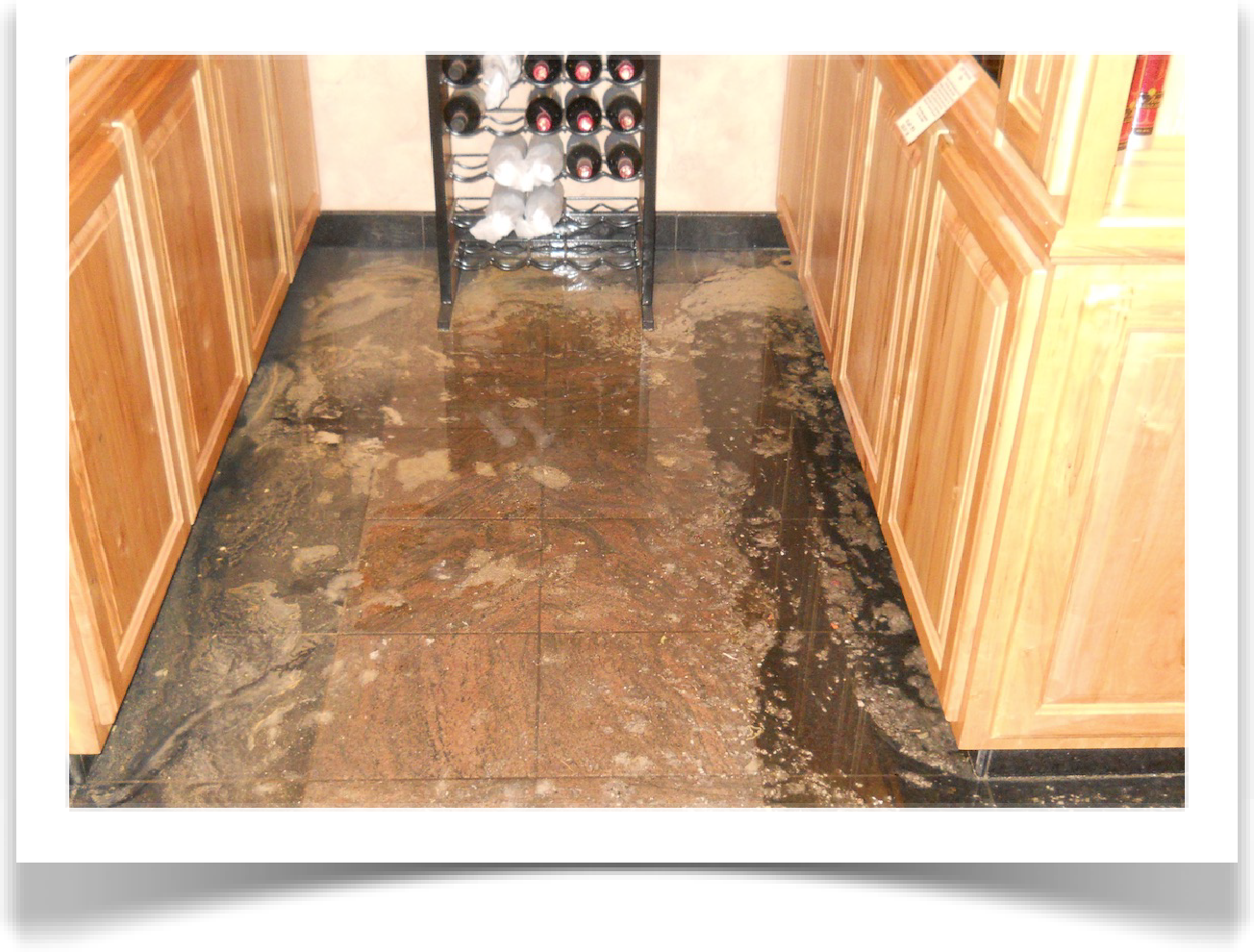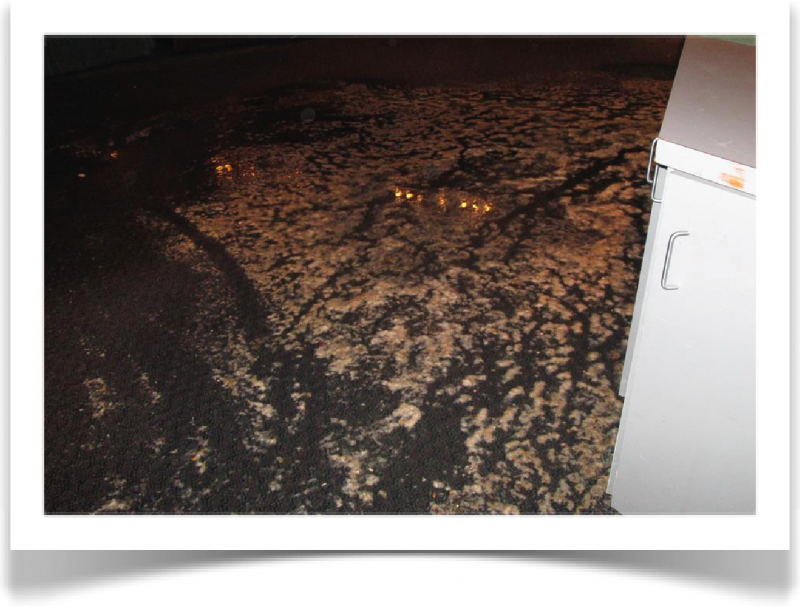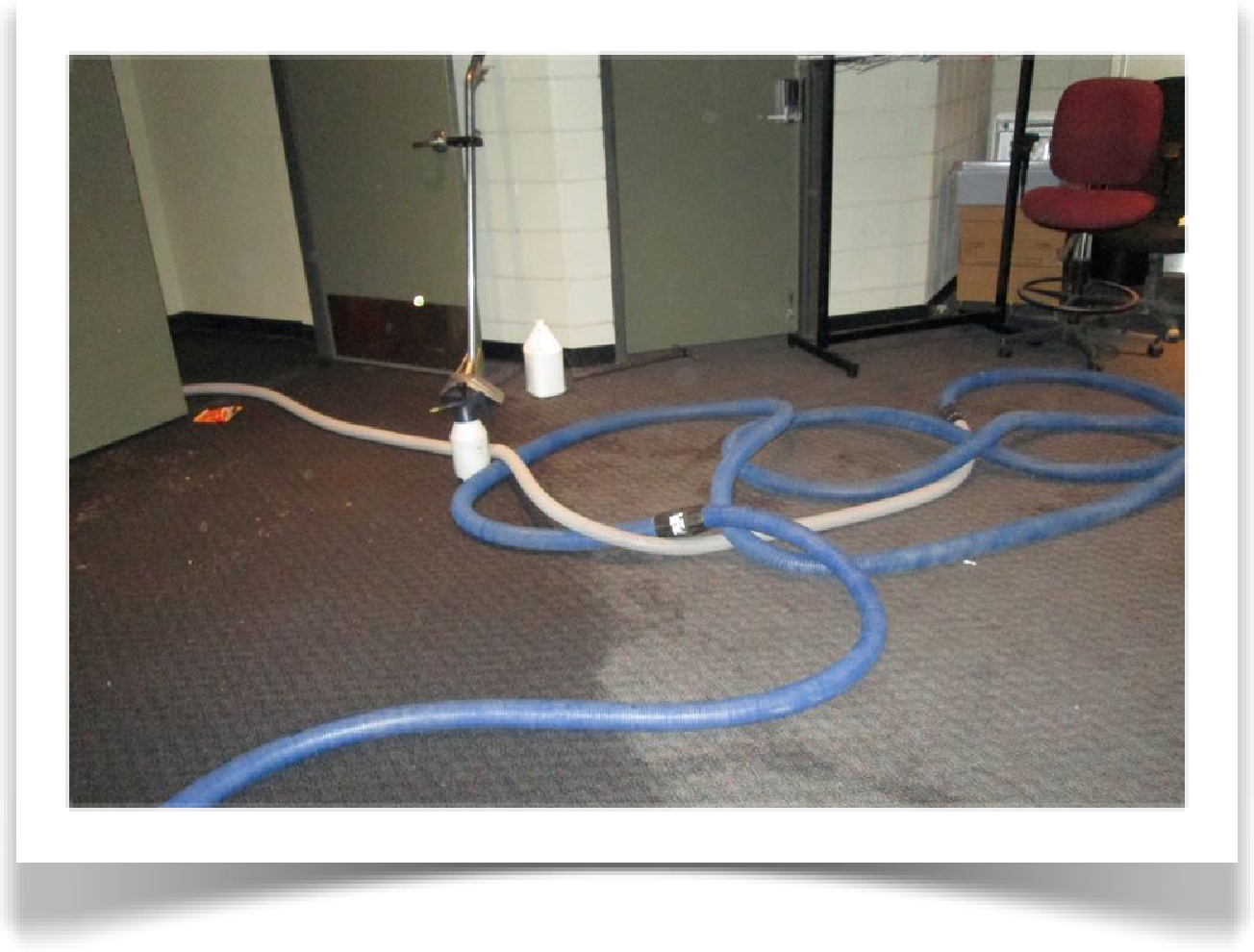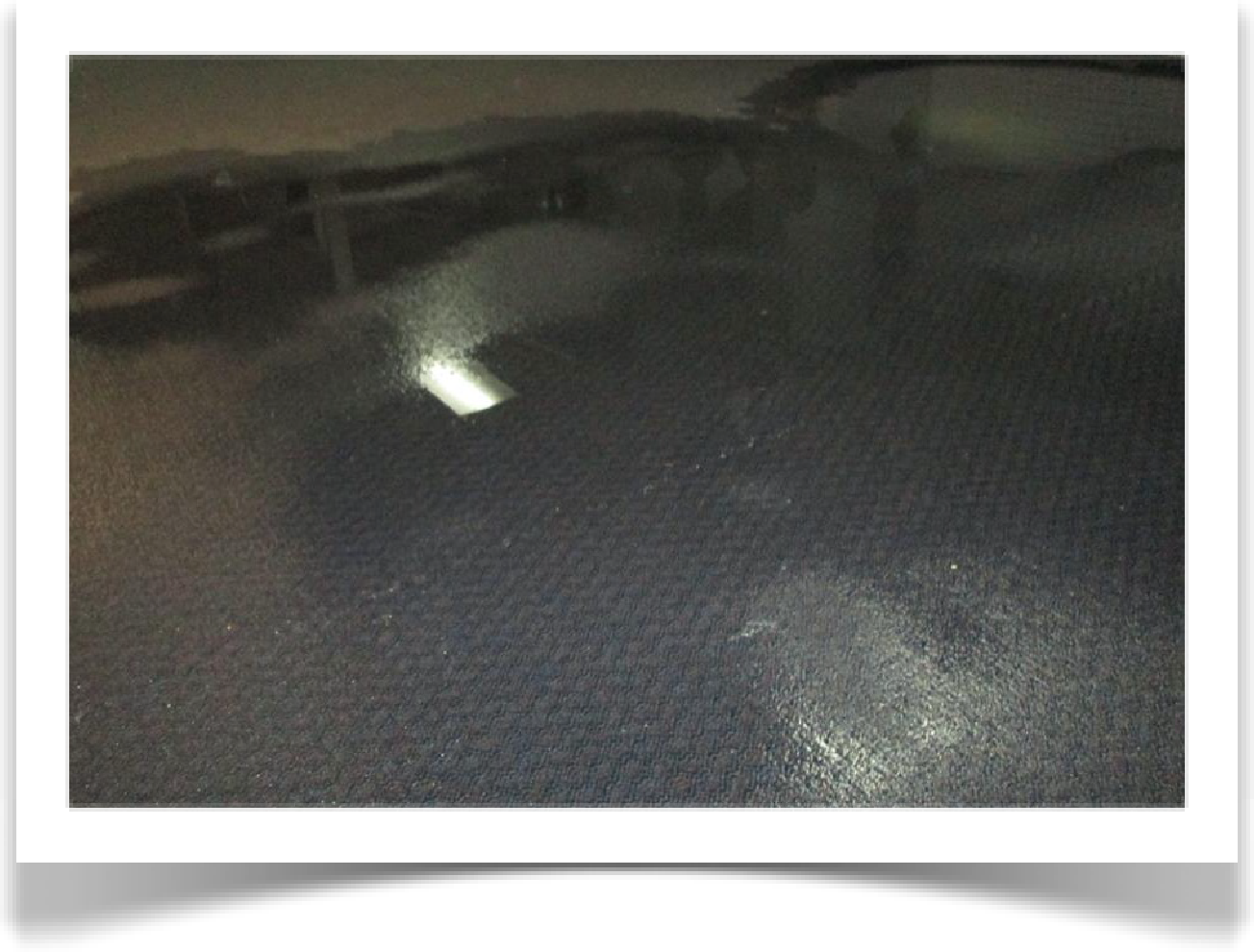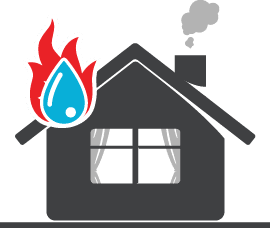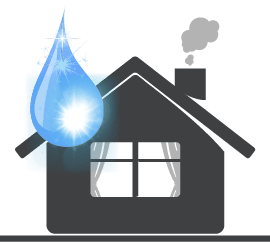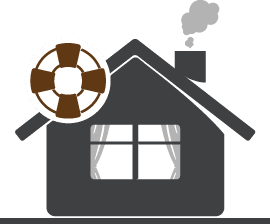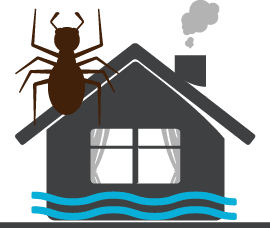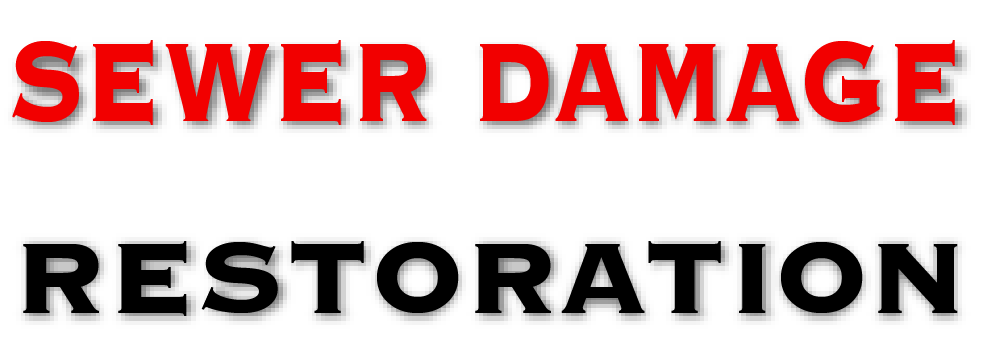
Click to Call 970.827.5555
or email to: Info@SteamMaster.com
Sewer Damage Restoration
Clogged or damaged sewer lines may cause sewer back-ups that are harmful, nasty and smelly. Sewage waste with its toxic microorganisms can cause serious health problems to individuals. Our team of experts, fully geared in personal protective gear will quickly remove sewage contaminants and moisture, thoroughly clean, disinfect and deodorize your residential or commercial property. Rest assured, SteamMaster crew know what we are doing and our main purpose is to get you back to pre-loss conditions with minimum disruption to your home or business. A sewage loss, or Black Water Flooding, is highly unsanitary and must be treated quickly and properly. As with any water damage situation, delayed or improper drying can cause additional structural damage and potential mold growth. The presence of sewage adds to the health hazard.
What is Sewage?
Wastewater comes from your shower, bathtub, washing machine, dishwasher, kitchen sink and toilet is all considered sewage. 99.8% of sewage is water. Sewage contains a variety of pathogenic – disease causing – fungi, bacteria, viruses and parasites. Anyone who works on sewage losses must have updated vaccinations, including one for Hepatitis B. All SteamMaster technicians get their vaccinations and fit-tested for Personal Protective Equipment (PPE) in their first week of employment.
What causes sewer backup?
Toilets has protective gaskets, or wax rings, at their base to protect against leaks and seepage, once compromised, leakage could occur. Pipe blockage can happen when any large household item is lodge in a toilet or drain. Backup and back flow can happen due to these blockages. When pipes become corroded or dilapidated, sewage damage may take place. Tree roots can either wrap around or penetrate pipes, causing substantial damage. Outside water with heavy rains and flooding can cause sewage overflows that affect home throughout your neighborhood or town.
Is it harmful to be exposed to sewage?
Exposure to sewage is dangerous for certain people with weakened immune systems, including those under the age of two or people over 60, pregnant women, those who are ill, people recovering from any form of surgery, on prescription drugs or chemotherapy, or are AIDS victims.
When is it safe to be in a sewage contaminated building?
Personal protective equipment (PPE) is required to be in a sewage contaminated property. Typically is not safe to stay in a building that’s flooded with sewage unless the affected and contaminated area can be completely sealed off and placed under controlled air flow so that there will be no cross contamination of unaffected areas.
Should you keep sewage-saturated materials?
The The Institute of Inspection Cleaning and Restoration Certification (IICRC) states that highly absorbent sewage-saturated materials, such as carpet, pad, upholstery, bedding, wicker, paper or even fabrics that can’t be washed in hot water (130°F/54°C) for at least 10 minutes, must be contained and disposed of properly. This goes for sewage-saturated drywall, insulation and several other structural materials too. There’s simply too great a health risk involved if any of these materials are dried in place and cleaned only.
Who is qualified to work in a sewage damage restoration jobs?
Only the most highly trained professionals should attempt sewage remediation work. Then, a “third party” indoor environmental professional can provide post-remediation verification or “clearance testing” to ensure that the home or building is safe to re-occupy. SteamMaster Restoration and Cleaning Technicians are highly trained and equip to handle any water damage and sewage damage restoration job. Call 970-827-5555 for help.
Why use a IICRC Certified Technician for a Sewage Damage Restoration
SteamMaster’s professional restoration technicians and certified by the Institute of Inspection Cleaning and Restoration Certification (IICRC). We understand the need for quick response. Immediate remediation of a sewage damage is key to controlling any escalating harmful effects and costs. The longer the remediation work is delayed, the higher the risk of health effects and cost of restoration. When hiring a company ask if their firm is an IICRC certified firm and if their technicians are IICRC-Certified. Look for the IICRC logo to verify IICRC certification.
Will my Insurance cover sewage damage restoration?
It is important to know that not everyone’s homeowner or commercial property insurance is the same. Most insurance carriers will provide coverage for sewer backup damages and remediation. Often times it is included in home insurance policies but there has been many cases where a separate endorsement must be purchased for this type of coverage. The prudent thing to do is finding out from your insurance provider or agent if you have coverage for sewer backup damage.
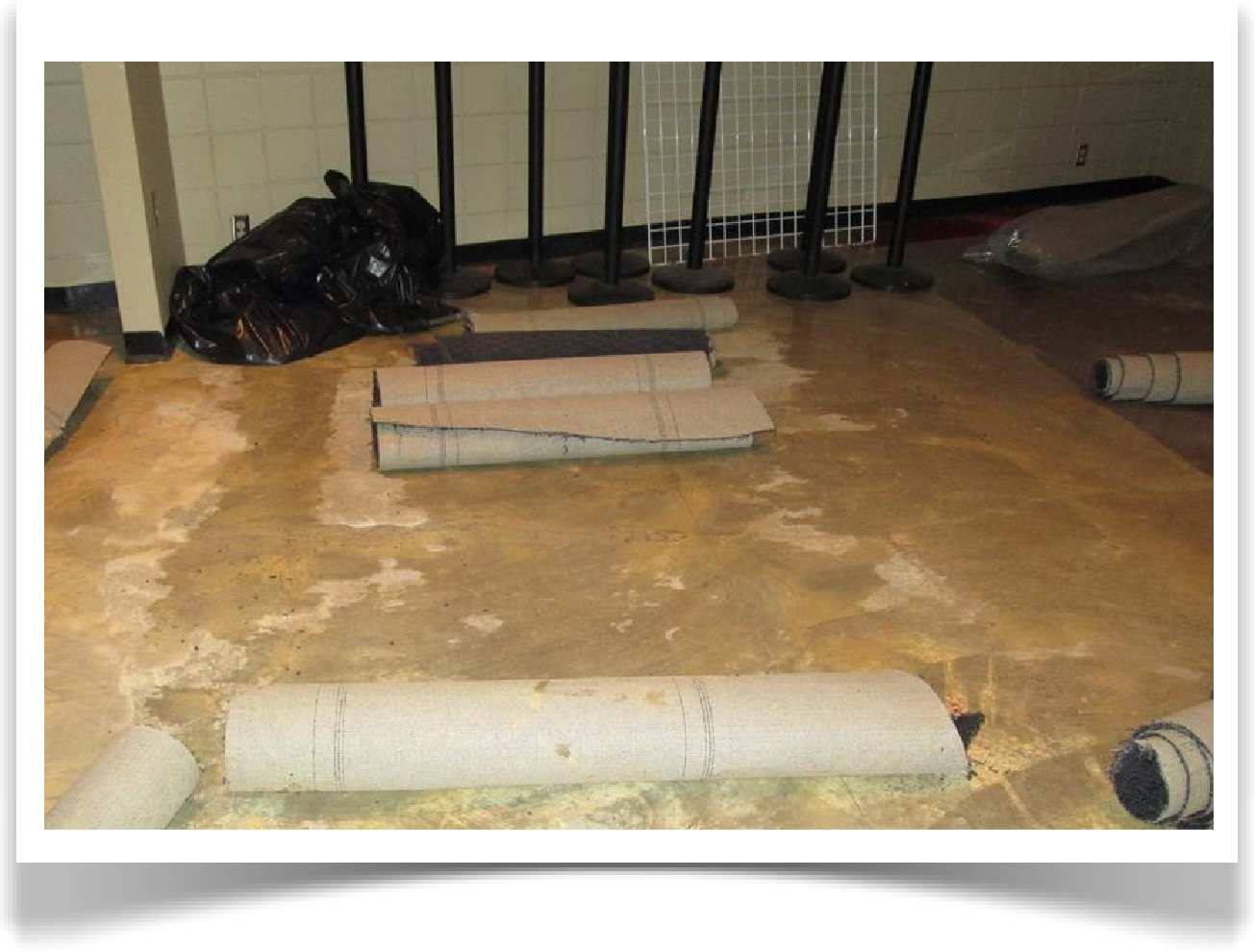
Attending to Sewer Damage Restoration
In a sewage damage, trained technicians extract the black water by pumping it from the home or property. Carpets and other porous materials such as drywall that have been affected are removed and discarded and affected areas are disinfected. The sewage and damaged material have been removed, but the proper drying process must be put into place to eliminate the potential for mold or further damage. Mold can begin growth within 48 hours if the damaged areas are not thoroughly dried. Air scrubbers and drying fans, along with daily monitoring of humidity levels with meters, are part of the proper process. If a crawlspace has been affected, the soil is remediated by removing the top layers. A waterproof barrier of at least 10 millimeters may be put into place as well. Restoration companies that are the most qualified to remediate water and sewage losses have technicians certified by the Institute of Inspection, Cleaning and Restoration Certification (IICRC). These technicians attend hands-on courses and must be re-certified. These certified technicians can stabilize the environment and prevent further damage to property.
